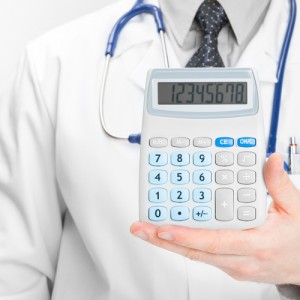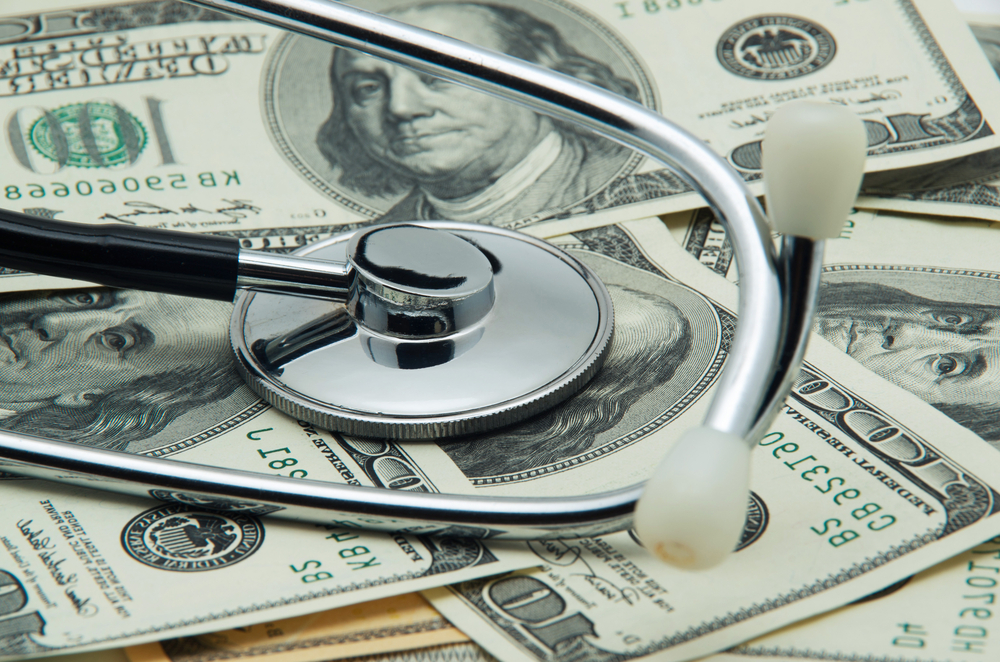 A new study entitled “The economic burden of pulmonary arterial hypertension (PAH) in the U.S. on payers and patients” found that medical costs of patients with pulmonary arterial hypertension (PAH) decrease after use of appropriate medication.
A new study entitled “The economic burden of pulmonary arterial hypertension (PAH) in the U.S. on payers and patients” found that medical costs of patients with pulmonary arterial hypertension (PAH) decrease after use of appropriate medication.
Pulmonary arterial hypertension (PAH) is a condition that leads to right heart failure and death. PAH is a rare but costly disease. According to a recent study, the prevalence of PAH in the U.S. has been estimated at 109 per million among individuals under 65, and 451 per million among individuals 65 and over. Currently, there is a lack of data on healthcare costs and utilization among PAH patients in the US. In this regard, Jesse Potash and colleagues conducted an estimation of these elements in a large US-managed healthcare plan.
The study was recently published in the journal BMC Health Services Research.
A total of 504 PAH patients were identified based on their PAH claims-based evidence from 2004 to 2010, including PAH-indicated medication, diagnosis and PAH-related diagnosis.
In order to understand how the use of PAH medication influenced health costs, and to examine both health plan and patient paid costs, the researchers analyzed the data through a comparison between a baseline annual period and at 12-month follow-up.
[adrotate group=”4″]
Findings showed that baseline costs were nearly $117,000 compared to nearly $98,000 at follow-up, indicating an estimation 16% lower in the follow-up period.
Pharmacy costs were higher at follow-up (approximately $39,000) than at baseline (approximately $6,400). However, medical costs were found to be lower at follow-up (approximately $60,000) than at baseline (approximately $110,000). Regarding ambulatory and inpatients stays, the researchers found that these were lower at follow-up versus baseline.
This study demonstrated that patients with PAH have substantively high healthcare costs. Results showed that following the use of PAH medication, medical costs dramatically decreased for these patients, however, there was an increase in pharmacy costs. Moreover, results revealed that annual total follow-up costs among PAH patients are high on a per subject basis.
The researchers recommend that further studies examining these important parameters are necessary to understand if the treatment patterns revealed from their analysis are cost-effective for PAH.

